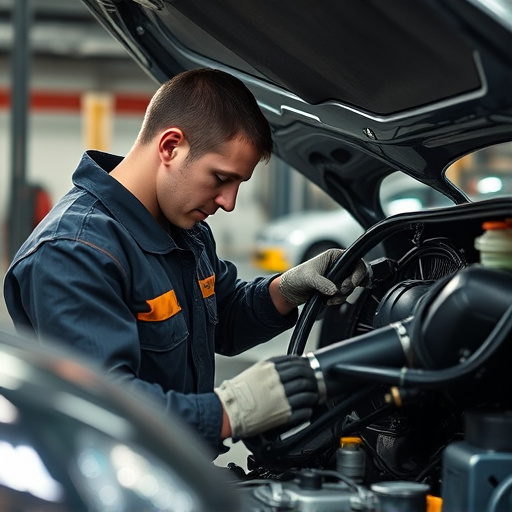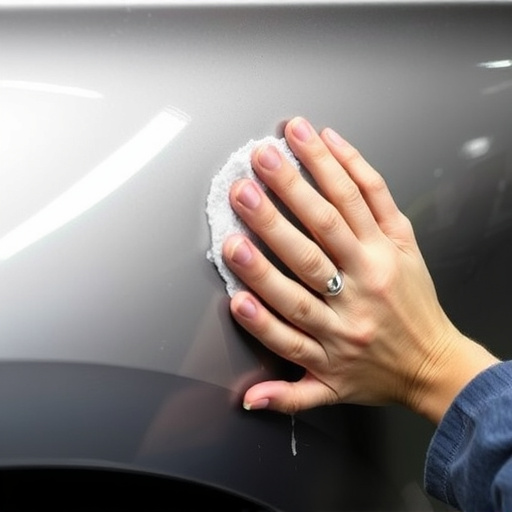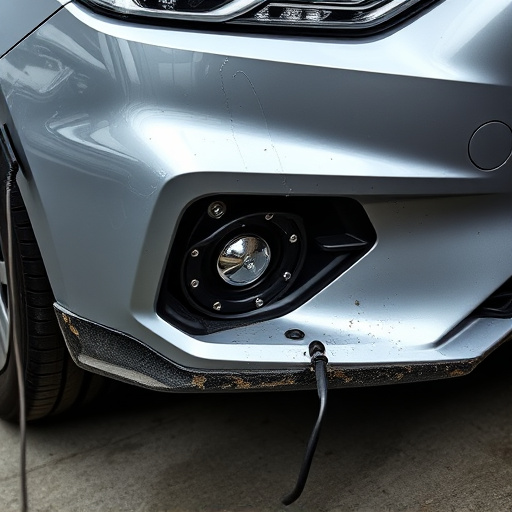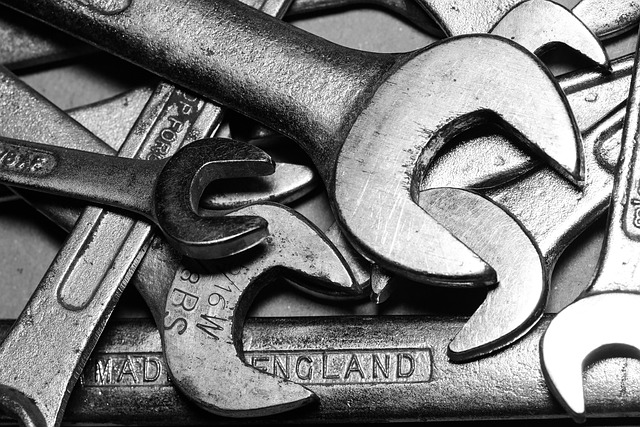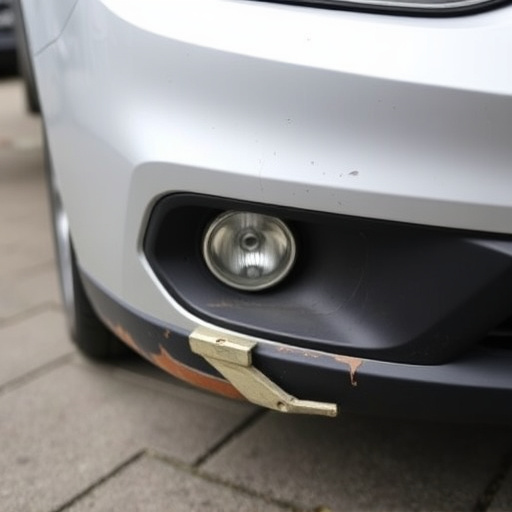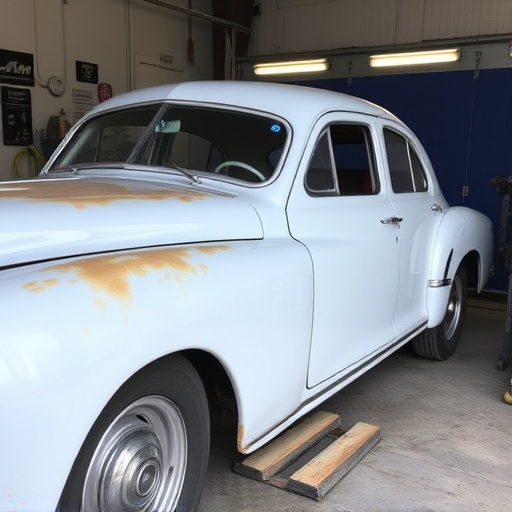Effective customer repair education uses simple language and relatable examples to bridge technical gaps for laypeople. Comparing auto glass repair to fixing a cracked smartphone screen fosters comprehension, builds trust, and engages clients during interactions. Visual aids like diagrams, infographics, and interactive tools like virtual simulations enhance learning, benefiting visual learners and promoting active participation in vehicle maintenance and repair.
In the realm of customer repair education, simplifying technical information is key to enhancing comprehension. This article guides you through effective strategies to demystify complex concepts for better learning outcomes. Start by understanding the unique needs and language of your customers. Employ real-life analogies to break down intricate ideas. Leverage visual aids and interactive tools to create engaging learning experiences. Mastering these techniques will elevate your customer repair education programs, ensuring clear communication and improved technical skills.
- Understand Customer Repair Needs and Language
- Break Down Complex Concepts with Real-Life Analogies
- Utilize Visual Aids and Interactive Learning Tools
Understand Customer Repair Needs and Language
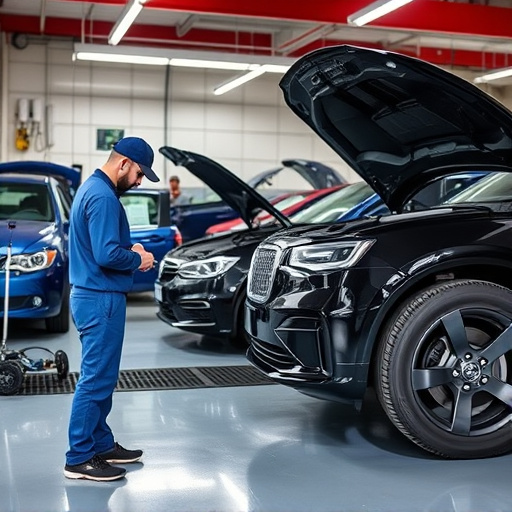
In the realm of customer repair education, understanding the needs and language of your audience is paramount. When it comes to car body repair or auto body services, customers often face complex technical jargon that can be daunting. As educators, simplifying this information is crucial for effective communication. It involves translating intricate collision repair center procedures into easily digestible concepts for laypeople.
By using plain language and relatable examples, you bridge the gap between technical expertise and customer understanding. This approach ensures that clients not only grasp the issues their vehicles are facing but also feel empowered to make informed decisions about their auto body repairs. Tailoring your educational materials to this level of comprehension fosters trust and strengthens the relationship between repair centers and their customers.
Break Down Complex Concepts with Real-Life Analogies
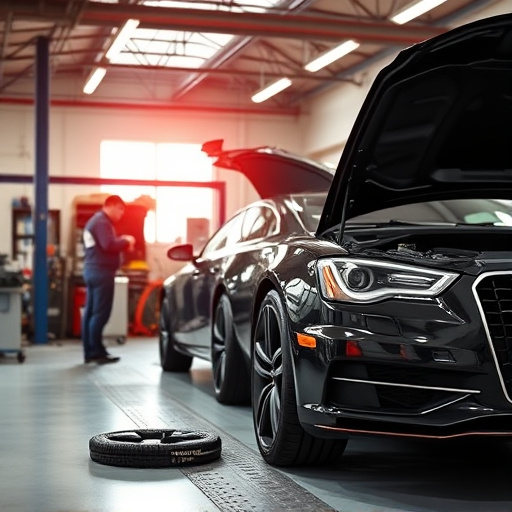
In the realm of customer repair education, simplifying complex technical concepts is a delicate art. Using real-life analogies can be an effective way to bridge the gap between intricate theories and everyday understanding. For instance, explaining the process of auto glass repair with a story about fixing a cracked smartphone screen can make it easier for clients to grasp the precision and care involved in their vehicle’s restoration. This approach turns abstract ideas into tangible experiences, fostering better comprehension during customer interactions.
By drawing parallels between technical processes and familiar scenarios, educators in body shop services can ensure that luxury vehicle repair isn’t an intimidating mystery. Analogies simplify complex tasks, allowing customers to actively participate in learning about repairs they might otherwise find overwhelming. This not only enhances their knowledge but also builds trust, as it demonstrates a commitment to clear communication in customer repair education.
Utilize Visual Aids and Interactive Learning Tools
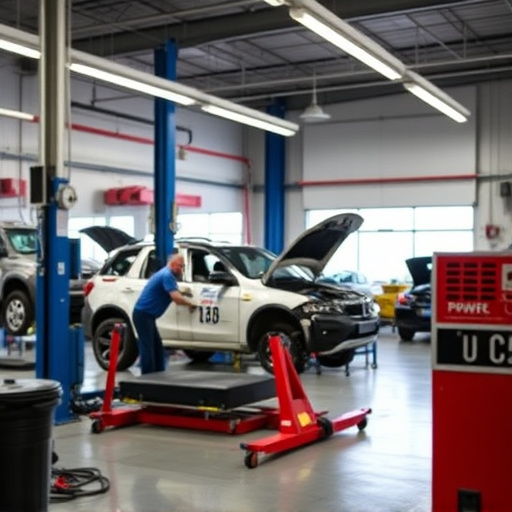
Incorporating visual aids and interactive learning tools into customer repair education significantly enhances comprehension and retention. Visual learners benefit greatly from diagrams, infographics, and step-by-step photos that illustrate complex procedures. These aids simplify technical information by breaking down intricate concepts into digestible chunks, making it easier for customers to grasp the intricacies of repairs like dent repair or collision damage repair.
Interactive elements such as virtual simulations, quizzes, and hands-on exercises further elevate learning experiences. They allow students to actively participate in the education process, practice skills, and immediately receive feedback. Whether delving into automotive repair services or mastering specific procedures for dent repair, this engaging approach ensures customers are well-prepared and confident when it comes to understanding their vehicle’s maintenance and repair needs.
Simplifying technical information in customer repair education is not just about making complex concepts easier to understand, but also about ensuring effective communication. By understanding your audience’s needs and language (customer repair needs and language), employing analogies that resonate (break down complex concepts with real-life analogies), and leveraging visual aids and interactive tools (utilize visual aids and interactive learning tools), you can significantly enhance the clarity and engagement in customer repair education, fostering a more skilled and confident technician community. These strategies are pivotal in improving service quality and customer satisfaction within the customer repair education landscape.



